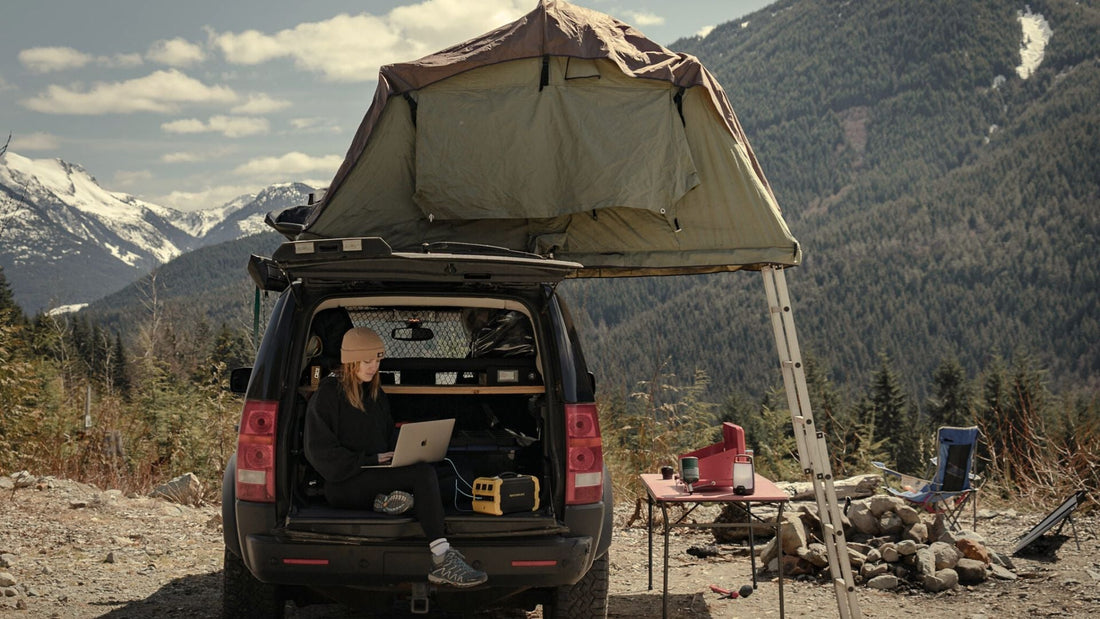Are you planning an off-grid adventure and looking for a portable solar generator to power your devices? Choosing the right battery capacity and output power is crucial to ensure optimal performance and a seamless experience. In this blog post, we'll explore how to select the right battery capacity and output power for your portable solar generator, with a focus on the ROCKSOLAR Nomad 400W Power Station + 100W Foldable Solar Panel Solar Generator Kit.
Understanding Battery Capacity
Battery capacity is the amount of energy a battery can store. It's measured in ampere-hours (Ah) or watt-hours (Wh). When selecting a portable solar generator, you'll want to consider your energy needs and how long you want the battery to last.
For example, if you plan to power a laptop and a smartphone, you'll need a battery capacity of at least 100Wh. If you plan to power a mini-fridge and a fan, you'll need a battery capacity of at least 500Wh.
The ROCKSOLAR Nomad 400W Power Station comes with a 428Wh lithium-ion battery, which can power a range of devices and appliances for extended periods.
Output Power Considerations
Output power refers to the amount of power a portable solar generator can deliver at any given time. It's measured in watts (W). When selecting a portable solar generator, you'll want to consider the power requirements of your devices and appliances.
For example, a smartphone charger requires around 5W, while a mini-fridge requires around 100W. You'll also want to consider the surge or peak power, which refers to the amount of power required to start an appliance.
The ROCKSOLAR Nomad 400W Power Station has a maximum output power of 400W, making it suitable for powering a range of devices and appliances, including laptops, smartphones, mini-fridges, and small power tools.
How to Calculate Runtime
To calculate the runtime of your portable solar generator, you'll need to consider the battery capacity, the power draw of your devices and appliances, and the efficiency of your solar panels.
For example, if you have a 428Wh battery and you're powering a 50W mini-fridge, the runtime would be around 8.5 hours (428Wh / 50W = 8.5 hours). However, this calculation does not take into account the efficiency of your solar panels, which can vary depending on the weather conditions and the angle of the sun.
The ROCKSOLAR Nomad 400W Power Station comes with a 100W foldable solar panel, which can recharge the battery in around 5-6 hours, depending on the weather conditions.
Selecting the right battery capacity and output power is crucial to ensure optimal performance and a seamless experience when using a portable solar generator. With the ROCKSOLAR Nomad 400W Power Station + 100W Foldable Solar Panel Solar Generator Kit, you can enjoy a reliable and efficient off-grid experience. With a 428Wh battery capacity, a maximum output power of 400W, and a foldable solar panel that can recharge the battery in around 5-6 hours, this kit is an excellent choice for road trips, camping, and off-grid living.




